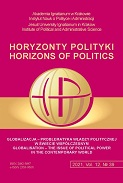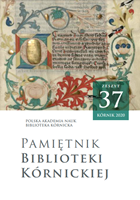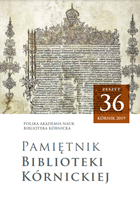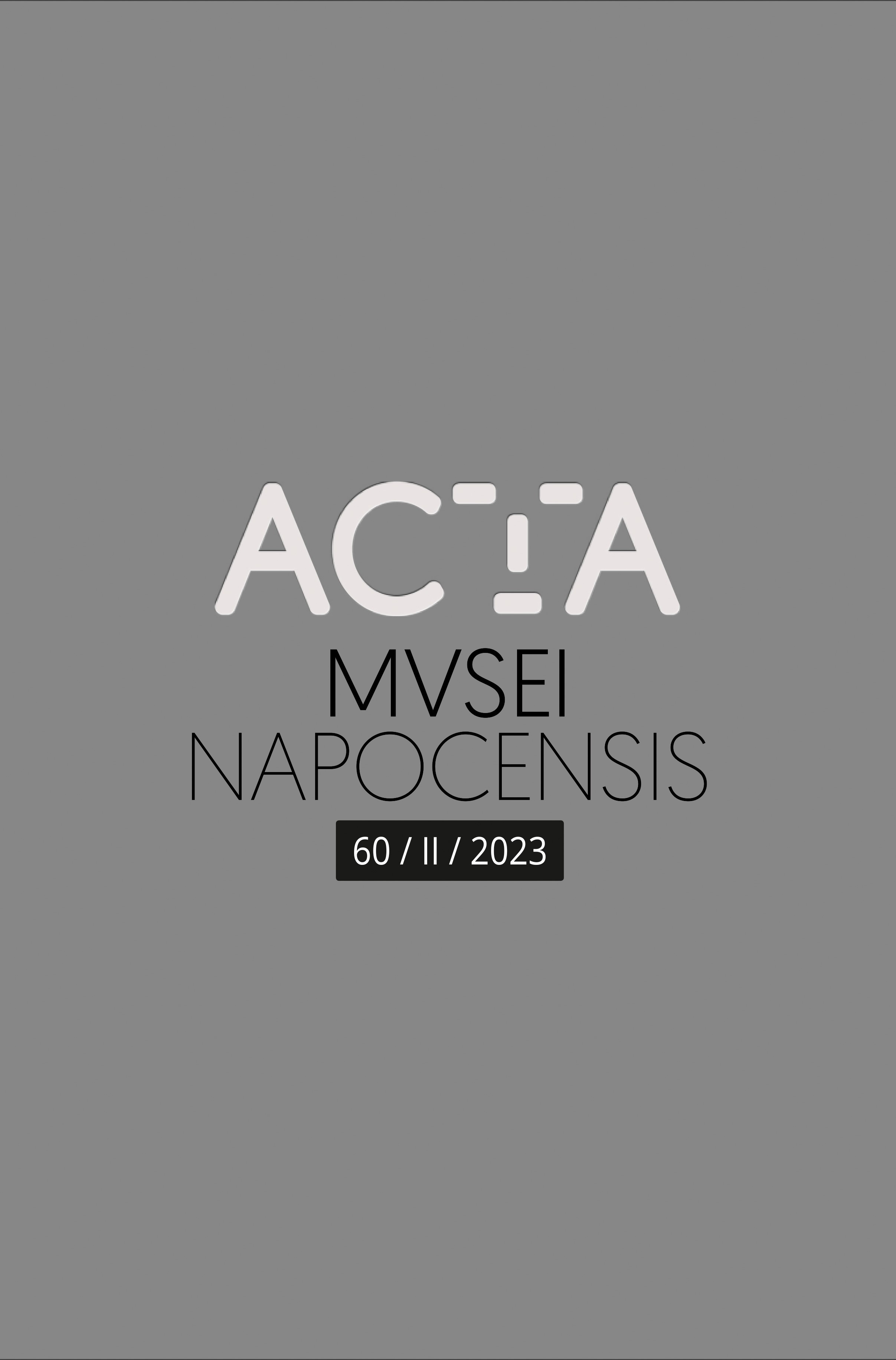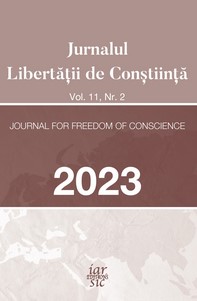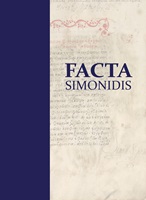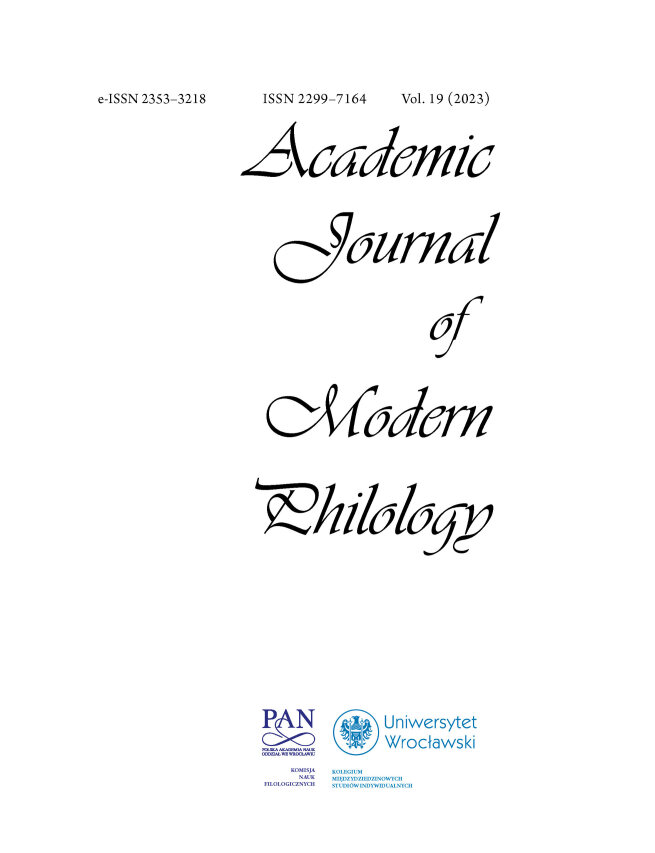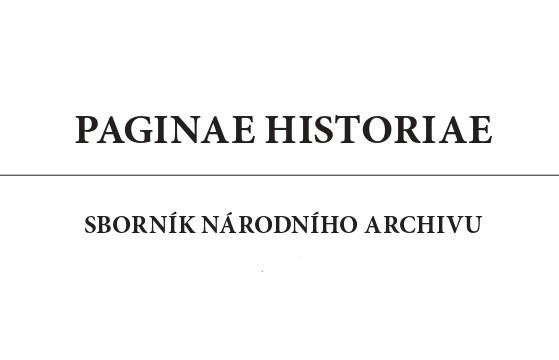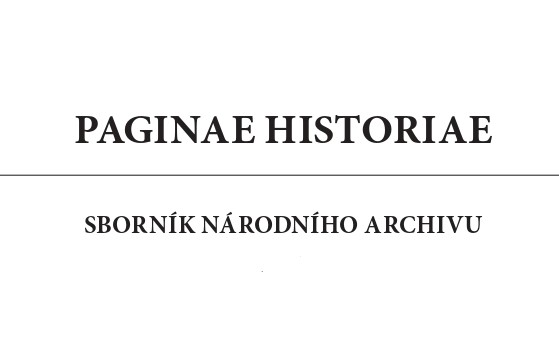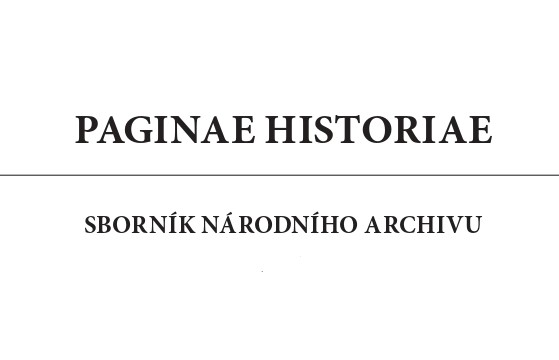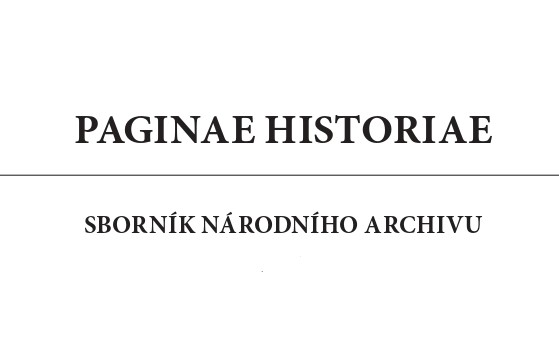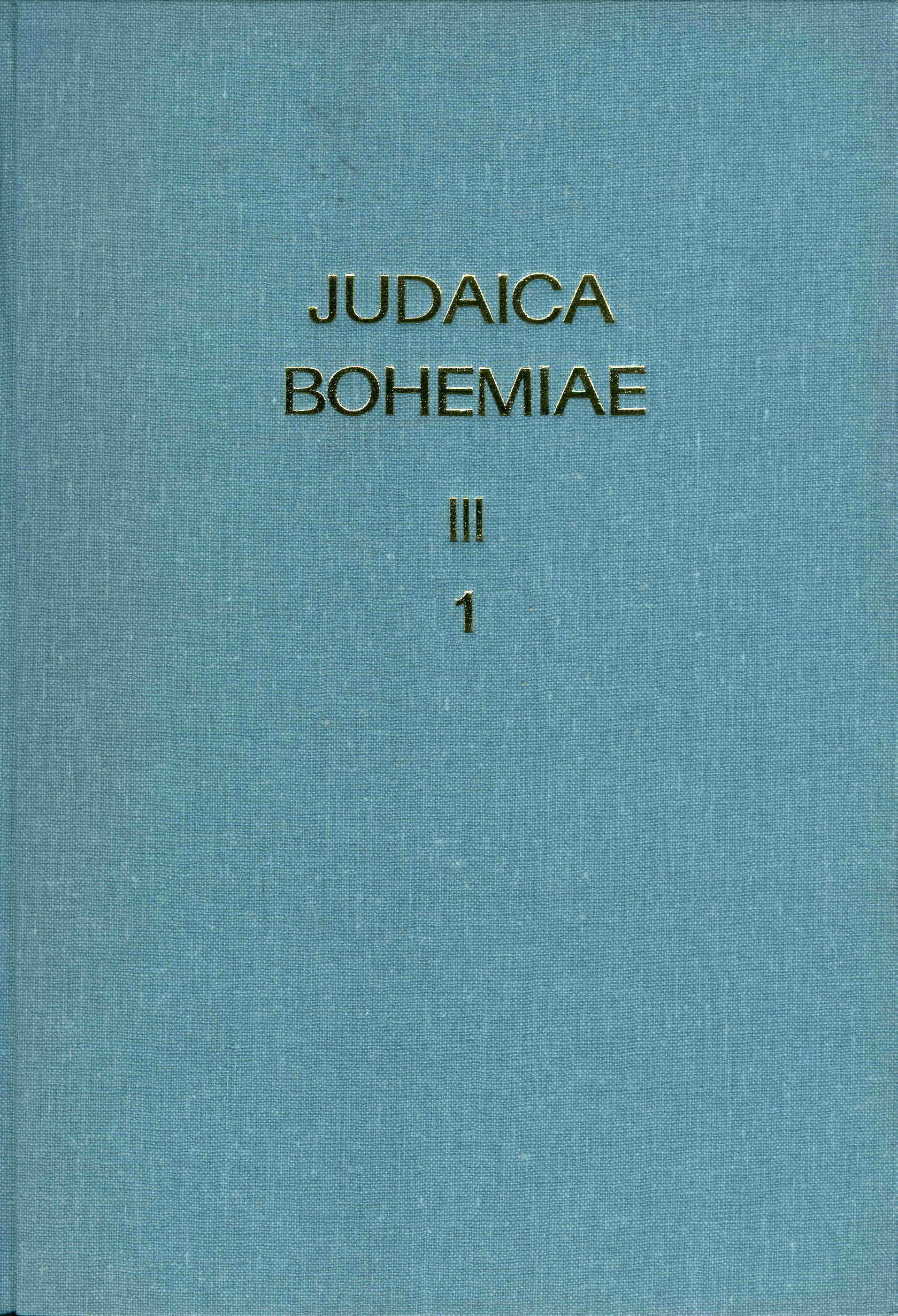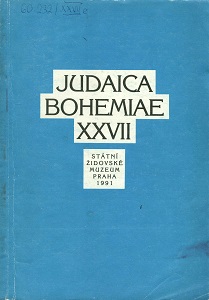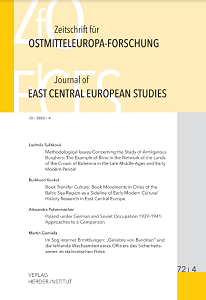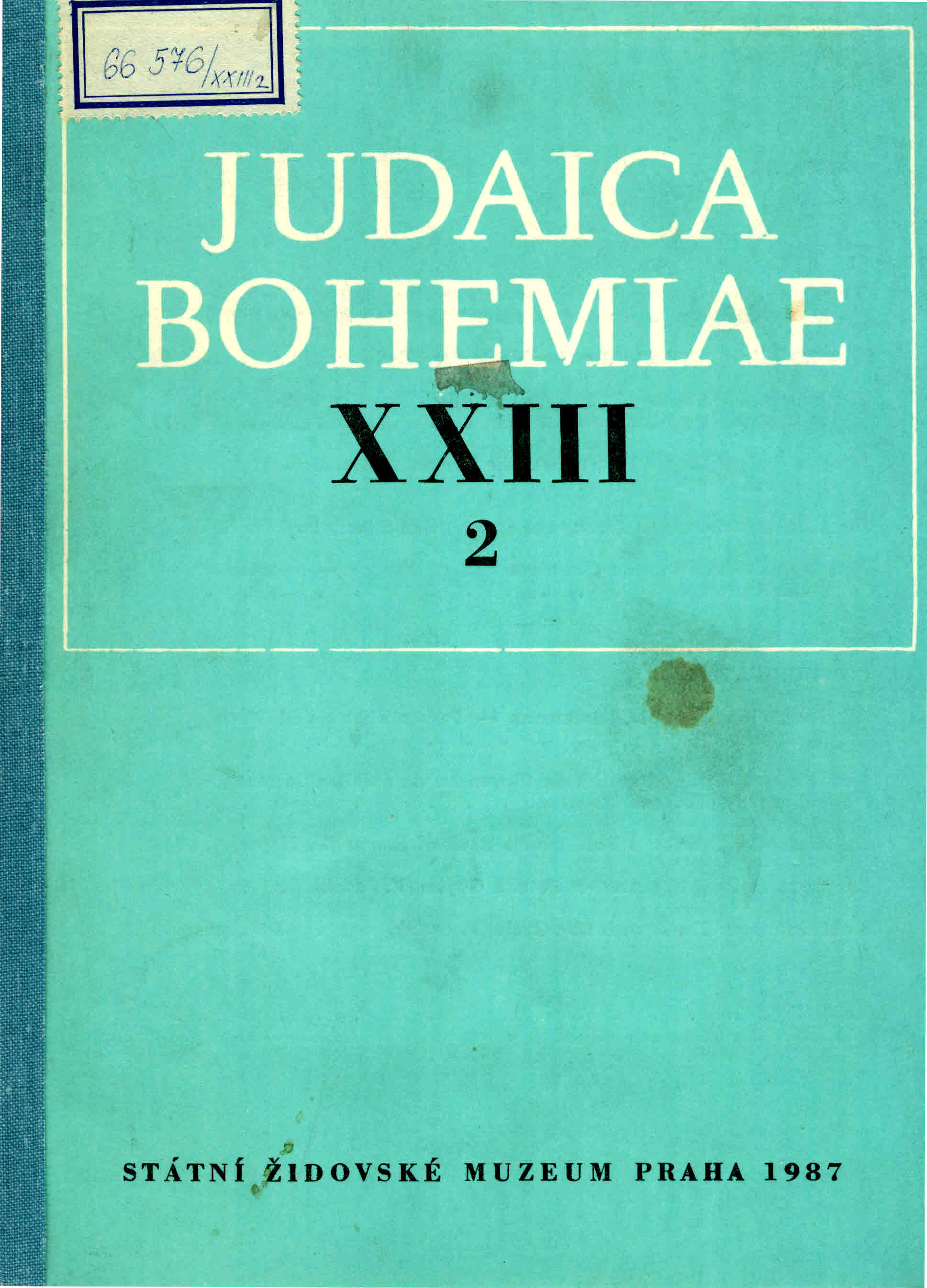Author(s): Arcadie M. Bodale / Language(s): English
Issue: 2/2014
Navzdory skutečnosti, že moldavské a valašské kláštery měly značný územní rozsah a hluboce ovlivnily sociální, ekonomický, politický a kulturní život v pravoslavné Levantě, vědecký zájmem historiků se tomuto tématu zatím vyhnul. Příčiny této situace jsou pravděpodobně především metodologické: obrovské množství dokumentů, psaných v různých jazycích a různých paleografických kulturách (slovanské, rumunské, řecké, latinské a německé), které jsou většinou nepublikované. V období od 15. století do poloviny 18. století provedla knížata a vysocí dvorští hodnostáři rozsáhlé donace centrálních panství ve prospěch obou moldavských pravoslavných církví a klášterů ve zbytku Osmanské říše. Nejdůležitějšími dary byly celé obce nebo jejich části, vinice, mlýny i finanční dary, k nim je možné připočíst ještě další dary celé pravoslavné Levanty. Pravoslavná církev v Moldávii tak upevnila své majetkové posatvení získáním vesnic od jejich právoplatných vlastníků. Zdroje příjmů moldavských klášterů se velmi lišily: zemědělství, vybírání poplatků a pokut, osvobození od daní a někdy i peněžní dary. Výše příjmů se lišila od jednoho kláštera k druhému, od jedné vesnice do druhé a od jednoho roku do dalšího. Výše těchto příjmů je známá pouze u příjmů plynoucích ze správy klášterních nemovitostí, což představuje asi jednu desetinu celkového příjmu klášterní domény, i když velmi významnou, zejména ve srovnání k příjmům ostatních obyvatel knížectví. I tak byly ovšem příjmy moldavských klášterů mnohem menší než u klášterů v katolickém světě. I presto podporovaly moldavské kláštery pravoslaví v Transylvánii, Polsku a Osmanské říši. Tento významný rozpor vzhledem ke katolické Evropě byl primárně určen menším vlivem a bohatstvím Moldávie ve srovnání s katolickými státy Evropy. Dále, hospodářský rozvoj tohoto rumunského knížectví značně utrpěl v důsledku vzniku a rozvoji osmanského práva, po dobytí Konstantinopole (1453), krymského chanátu (1575) a Uher (1526), takže knížectví bylo nuceno přijmout osmanskou nadvládu a zaplatit poplatek, jehož hodnota se neustále zvyšovala. Navíc se situace v Moldávii stala velmi obtížnou z důvodu obecného oslabení stříbra v celé Evropě a nedobré ekonomické situace v celé Osmanské říši. K těmto příčinám mohou být dale připočteny přírodní katastrofy (sucho, sarančata, hladomor, epidemie, atd. velmi běžné v oblasti Dunaje). Kromě toho, chudoba klášterů byla také zapříčiněna sporadickými vojenskými konfrontacemi mezi Moldávií a Uherskem, Polskem a později Osmanskou říší, po kterých následovaly války sousedních zemí na jejich vlastním území: Polsko, Rakousko, Rusko a Osmanská říše. Obraz pak doplňují četné drancovací nájezdy a výpravy za otroky, k posledním dochází v roce 1758. Všechny tyto války obecně ovlivňují ekonomickou situaci knížectví mezi Dněstrem a Karpaty a zejména z moldavských klášterů činí oblíbený cíl pro lup vojáků. K ožebračení mnoha klášterů konečně vede snaha některých knížat sanovat své dluhy z klášerního majetku a výnosů.
More...
